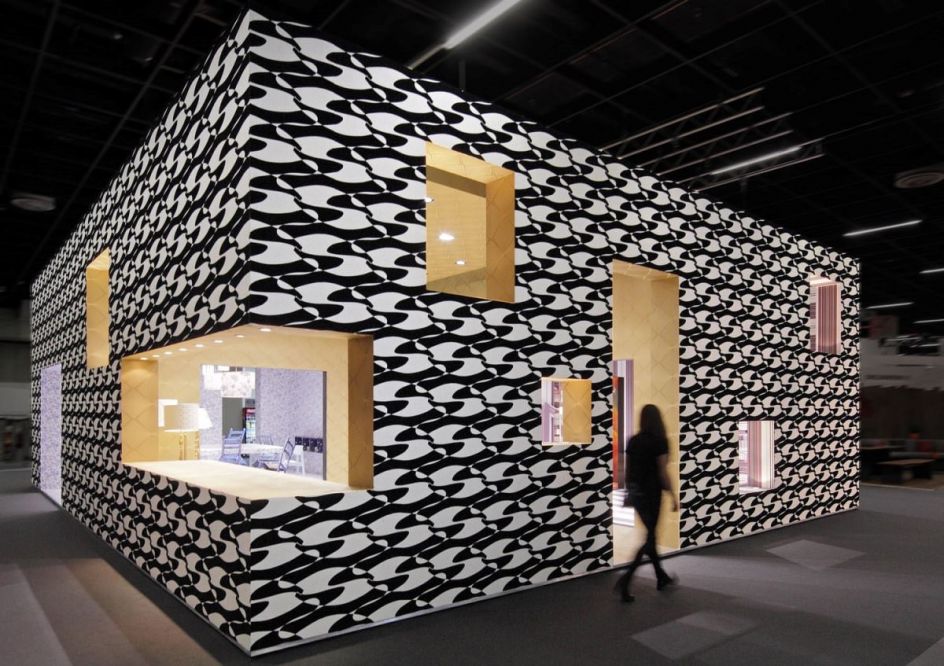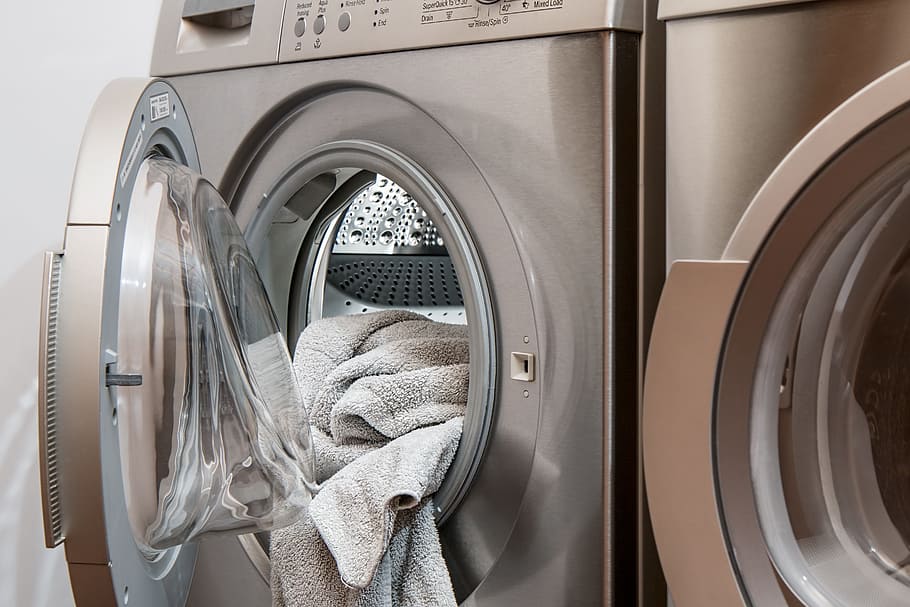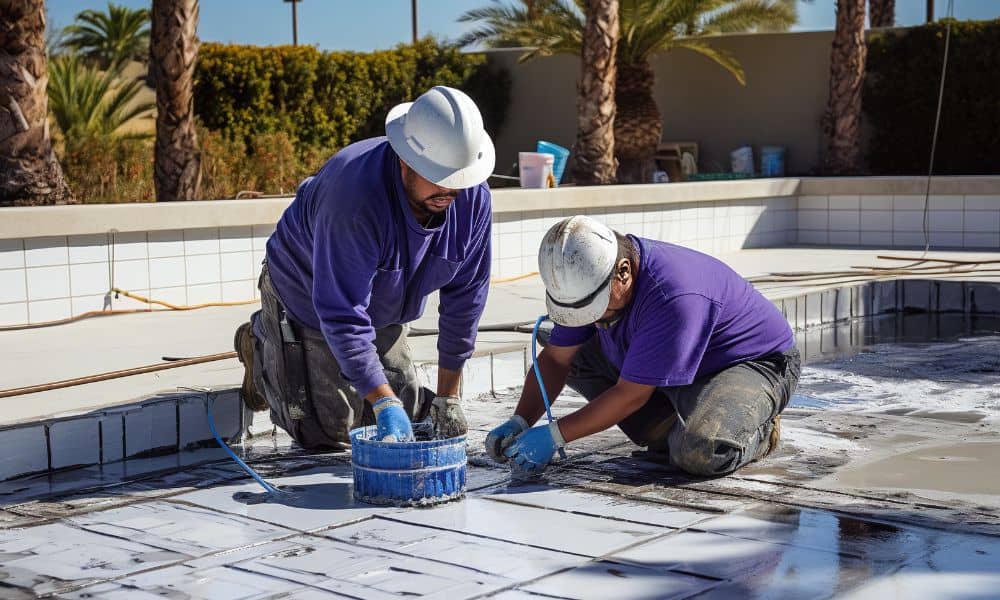Rainwater harvesting is no longer a niche sustainability tactic—it’s a practical solution to growing water demand, rising utility costs, and increasing environmental awareness. A well-designed containment system does more than collect rain; it ensures long-term water quality, system durability, and minimal maintenance. The most effective systems integrate features tailored to climate conditions, user needs, and property layout. These features not only maximize the value of stored rainwater but also extend the system’s lifespan.
Material Matters: Strength and Safety
The material of a rainwater tank determines both its durability and the quality of the water it stores. Polyethylene is widely used due to its affordability, resistance to corrosion, and lightweight build. These tanks are easy to install and can last more than 20 years if UV-stabilized, making them a smart choice for residential use. However, not all polyethylene tanks are created equal. Thicker walls and food-grade certifications matter significantly when storing water for household or agricultural use.
Concrete tanks are often favored for their thermal mass and structural strength. They help keep water temperatures stable, which slows algae growth. These tanks are also fire-resistant, a valuable asset in bushfire-prone areas. On the higher end of the market, stainless steel tanks offer unmatched hygiene, minimal leaching, and a sleek, modern appearance. While their upfront cost is higher, their longevity and water purity benefits often justify the investment for long-term use.
Regardless of the material, tanks should meet certification standards such as AS/NZS 4766 to guarantee performance under variable environmental conditions.
Optimal Shapes and Structures
A tank’s shape significantly affects both its performance and its practicality. Vertical designs are often used in residential areas where footprint size is limited, while squat tanks provide low-profile options in areas with height restrictions.
One of the most efficient designs in both form and function is the round tank. The use of round rainwater tanks distributes pressure evenly across the walls, which reduces structural stress and increases durability. This design also promotes better sediment settling and simplifies cleaning. Many round tanks also support accessories like integrated leaf strainers, mosquito-proof mesh, and anti-vortex fittings for safer and cleaner water storage.
Customization options have improved greatly, with manufacturers offering tanks in a wide range of colors, sizes, and finishes. This enables property owners to select shapes and styles that match their aesthetic preferences while still fulfilling storage needs.
First-Flush Systems for Cleaner Collection
Water quality begins with smart capture techniques, and a first-flush diverter is a vital feature. This mechanism ensures that the initial surge of water from a rainfall event—often containing bird droppings, dust, and other contaminants—is automatically discarded before it enters the tank. By diverting this “dirty” water away from the main storage system, users drastically reduce the chances of bacterial growth and sediment buildup.
Some diverters come with automatic resetting mechanisms that allow the system to prepare itself for the next rainfall event without manual intervention. This feature is especially useful for people who aren’t home regularly or who manage multiple systems across different properties. First-flush systems should be sized correctly based on roof area and rainfall patterns to be effective. When properly configured, they reduce tank cleaning needs and extend the life of filtration systems downstream.
Filtration and Purification Add-Ons
Once the water is stored, filtration ensures it remains safe for use. Basic systems use sediment filters to trap debris and particles, but more advanced setups go further. Multi-stage filters can include carbon blocks to remove odors and discoloration, as well as UV sterilization units that kill bacteria, viruses, and protozoa.
Point-of-entry systems are ideal for homes using rainwater for bathing or laundry, while point-of-use filters are more cost-effective for drinking water taps. Some systems now include real-time sensors that alert homeowners when filters need changing, preventing the risk of water contamination from overused cartridges.
Regular maintenance and proper installation are key. Filters should be mounted in accessible locations and protected from freezing in colder climates. This combination of smart filtration and thoughtful design ensures water remains safe, clean, and odor-free throughout the year.
Overflow and Expansion Capabilities
Even the best-designed tank will eventually reach capacity during sustained rainfall. That’s where a robust overflow system becomes essential. Overflow outlets must be placed strategically to direct excess water away from buildings and into safe discharge areas like swales, soakaways, or secondary containment zones. Failure to manage overflow can lead to erosion, foundation damage, and tank failure.
Anti-backflow devices prevent contaminated water from re-entering the tank, especially during flooding or blocked drainage scenarios. This added layer of protection is particularly critical in commercial or shared systems.
For users with growing water demands, expansion options matter. Modular tanks that can be linked via quick-connect piping allow for future scaling without replacing the entire system. This makes it easier to add capacity over time while maintaining a cohesive system footprint.
Smart Monitoring and Maintenance
Modern rainwater containment isn’t complete without digital monitoring tools. Smart gauges, level sensors, and flow meters can track water usage in real time. Many of these systems connect to mobile apps, allowing users to receive alerts for low levels, leaks, or maintenance reminders.
Automation enhances both convenience and efficiency. Some systems integrate with home irrigation networks, using tank data to control when gardens or crops are watered. Others automatically switch between rainwater and mains supply, ensuring an uninterrupted water source even when rainfall is scarce.
Maintenance is further simplified with innovations like self-cleaning filters, smooth internal tank linings that reduce residue buildup, and transparent outlet pipes for quick inspections. These features keep the system efficient and reduce the long-term cost of upkeep.
Choosing a rainwater containment system with the right features transforms it from a simple barrel into a reliable, smart water solution. With careful attention to material, structure, filtration, overflow, and monitoring, users gain not only water security but also a sustainable edge. Investing in quality from the start ensures cleaner water, less maintenance, and better environmental impact for years to come.






